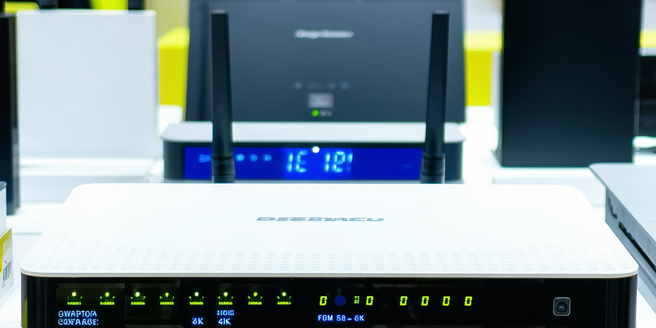Wi-fi Speed Optimization

Understanding Wi-Fi Signal Basics
Wi-Fi signals are waves emitted by a router that connect devices to the internet. Understanding these signals is crucial in optimizing Wi-Fi speed. First, Wi-Fi operates on specific frequencies, typically 2.4 GHz and 5 GHz, which can affect range and speed. The 2.4 GHz band covers a larger area but at a lower speed, while the 5 GHz band offers faster speeds over a shorter range. Additionally, environmental factors such as walls, distance, and physical barriers can attenuate signals, impacting performance. Interference from other wireless devices may further degrade the quality of connection. By understanding these basics, users can make informed decisions on equipment placement and choose appropriate settings to enhance their Wi-Fi experience.
Choosing the Right Router for Your Needs
The router acts as the cornerstone of your Wi-Fi network. Selecting the right one is essential for good performance. Consumers should consider factors like coverage area, number of simultaneous users, and internet plan speeds when choosing a router. It’s also important to stay updated on the latest wireless standards to ensure compatibility with new devices. For a large home or multi-story building, a router with mesh capabilities might be required for seamless coverage. Dual-band routers that can handle both 2.4 GHz and 5 GHz frequencies offer flexibility. Router specifications such as MU-MIMO and the number of stream antennas indicate how well the router can manage multiple device connections simultaneously. By considering these factors, users can choose a router that genuinely suits their needs, ensuring efficient connectivity.
Positioning Your Router for Optimal Coverage
Strategic router placement significantly impacts Wi-Fi coverage and speed. Ideally, routers should be placed at a central location in the home to ensure evenly distributed signals. Avoid placing routers in corners, enclosed spaces, or behind large objects as these can block or weaken the signal. Elevating the router off the floor can also aid signal distribution. Additionally, if you have multiple floors, consider placing the router on the upper level for more comprehensive coverage. It’s crucial to maintain some distance from materials that absorb or reflect Wi-Fi signals, such as metal or thick walls. Testing different placements and utilizing apps or tools to measure signal strength can aid in finding the optimal router location. A well-positioned router can result in fewer dead spots and better overall connectivity.
Minimizing Interference from Other Devices
Interference from other electronic devices can significantly impact Wi-Fi performance. Devices such as microwaves, cordless phones, and Bluetooth gadgets operate on frequencies that can overlap with Wi-Fi signals. To minimize interference, place your router away from these devices. Opt for the 5 GHz band if your environment is crowded with 2.4 GHz frequency devices, as the former experiences less interference. You may also want to invest in Wi-Fi extenders to boost your signal in larger spaces. Additionally, consider Wi-Fi settings such as selecting a less congested channel that other Wi-Fi networks are not using. Regularly updating router firmware can also help alleviate issues stemming from interference. Proactive management of interference contributes to more reliable and faster Wi-Fi connections.
Advanced Settings: Channels and Bands
Tuning your router’s channels and bands can optimize Wi-Fi speed. Wi-Fi channels allow routers to communicate with devices without interference. In crowded areas, channel selection is critical as overlapping networks can cause signal congestion. To maximize your wireless performance, it is crucial to regularly update your router’s firmware. Use a Wi-Fi analyzer tool to check local network activity and switch your router to a less crowded channel if necessary. Moreover, modern routers often support dual-band settings, allowing operation on both 2.4 GHz and 5 GHz bands. Utilizing both bands can distribute network load and enhance performance, with the 5 GHz band suitable for activities requiring high speed, like streaming and gaming. Configuring these settings properly can substantially boost network efficiency.